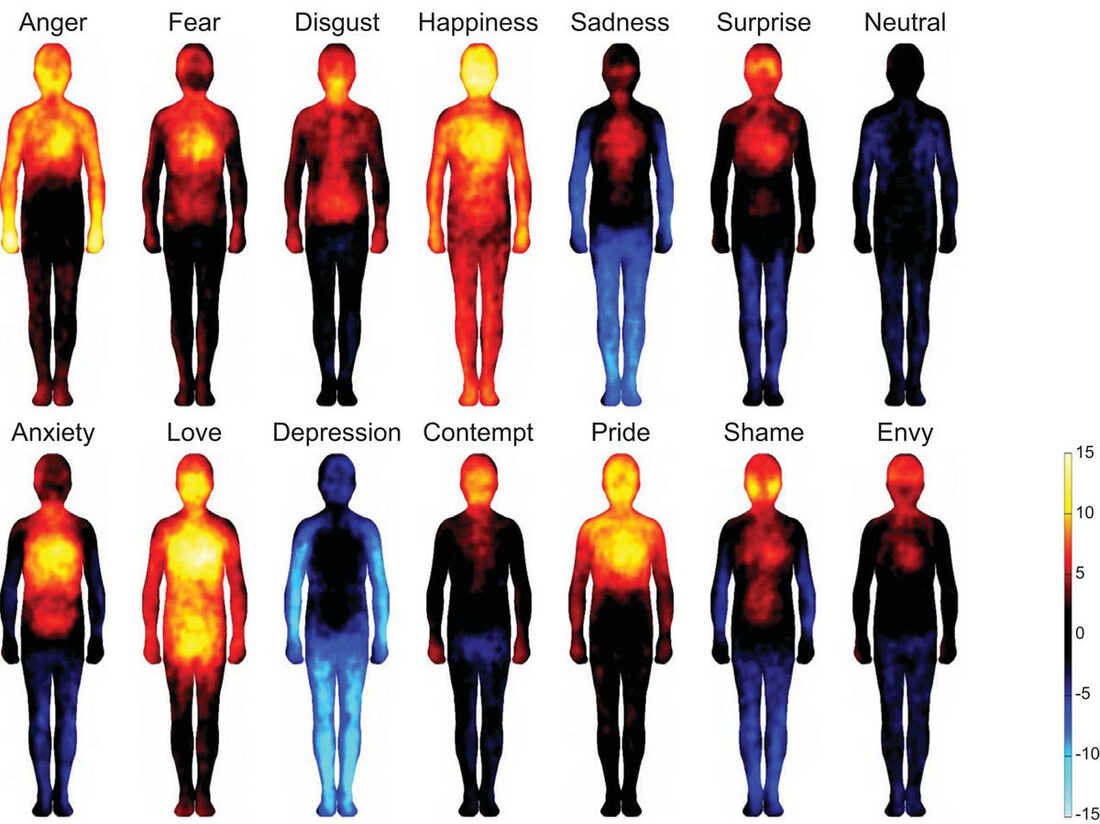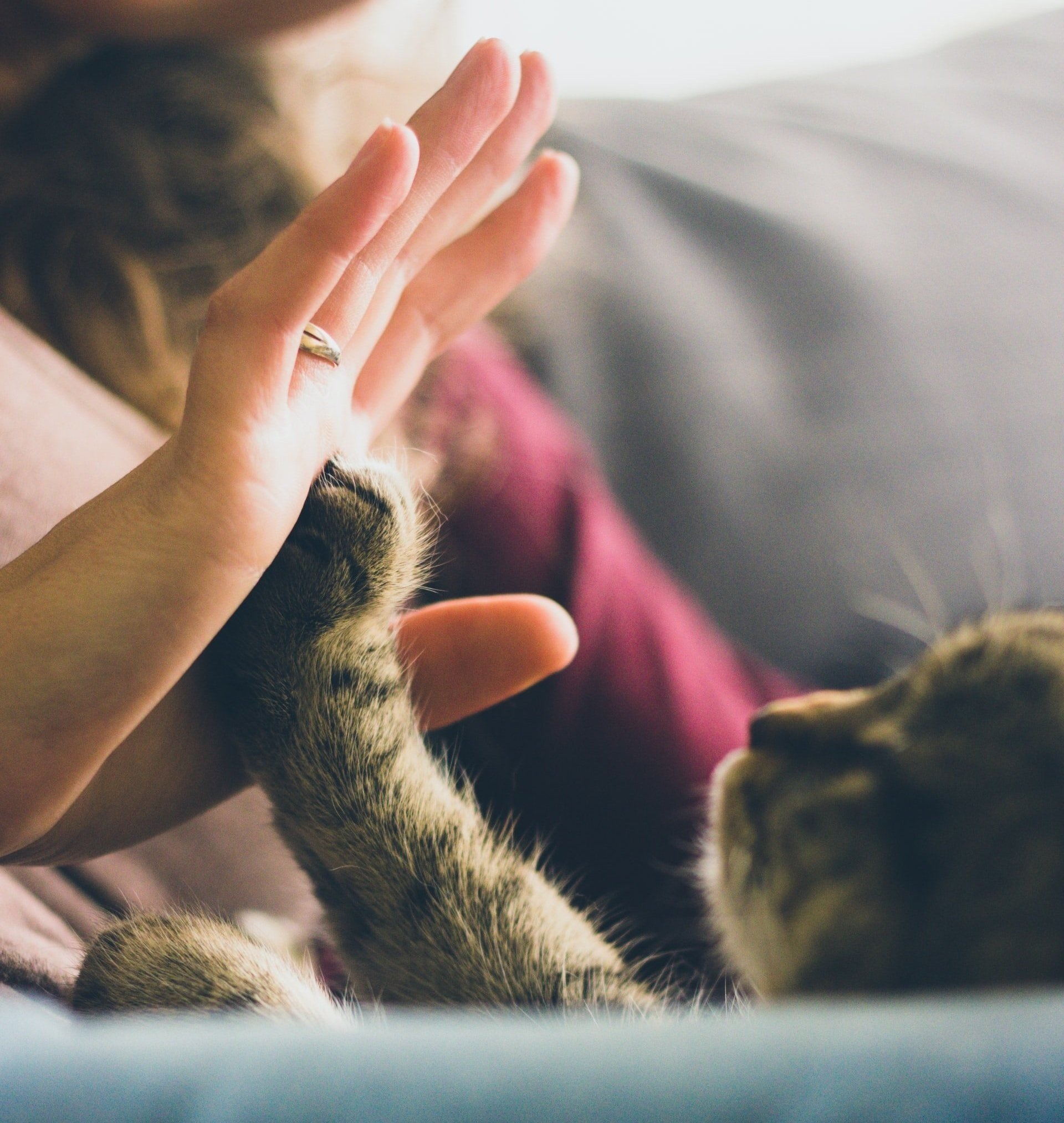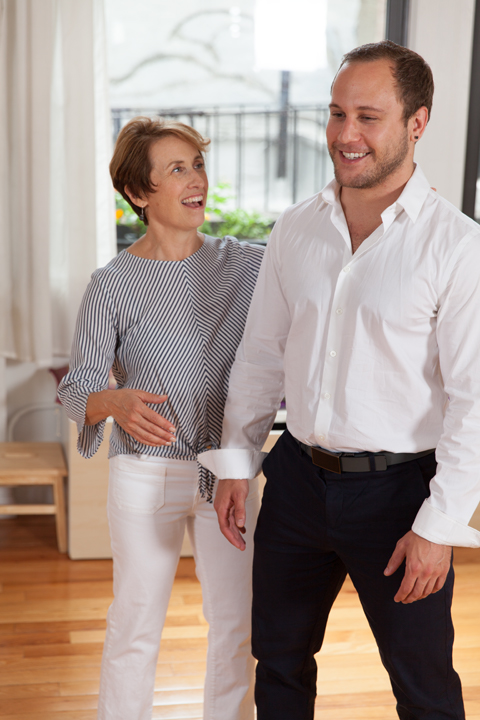
How You Move Matters
Free Alexander Technique Exercises, Tips, and Resources
Ready ...or not?
Are you ready?
This is the first in a new series on cultivating curiosity. In earlier posts I offered some tools from mindfulness and Alexander Technique for grappling with strong emotions. One of the tools was curiosity. In AT we develop a curiosity for how we go about things, how we react, how we make choices.
Let’s investigate the AT invitation for emotional-physical-social-spiritual awareness so that we can be more simply present!
Simply present? Sometimes simple is a big deal! …Or not.
What if we just met up and I asked you, “How ya doin’?”
That seems like a simple question…
What does it take for you to answer that question honestly? What shifts take place in your body? Where do you sense tightness or looseness?
Do you search for feelings in your body to help you to answer that question? Do you recognize any of these feelings enough to name them (shyness, flirtation, regret…)?
Do body located sensations help us listen to each other with more compassion?
Have you noticed how you share emotional sensations with a person you empathize with? Or not?
We have expressions, ”I feel you!”, “you make me feel…” or “No, I feel really differently”!
I’m looking at articles today about emotional centers; where we absorb or express feelings in our bodies. There is a well known study from 2013 about the experience of emotional embodiment, showing areas of the body where people report feeling activated and deactivated in association to emotional states.
https://www.npr.org/sections/health-shots/2013/12/30/258313116/mapping-emotions-on-the-body-love-makes-us-warm-all-over
Looking at these images evokes feelings in me — particularly empathy for what it was like to participate in this research. How would I feel ready to report my embodiment of emotions? When do I feel safe enough and ready to evoke strong feelings?
Pause assumptions about awareness.
I wonder about expectations or assumptions of openness and awareness in AT lessons and classes. Are we making the time to be ready to experience and understand sensations related to movement, let alone the embodied emotional sensations?
Seems like a lot of awareness is being asked for.
Is this easy for you? Hard? Somewhere in between? I would love to hear from you about this.
We’ve all been trained to disembody to some extent. Some of us have been taught about our emotional intelligence. But not equally.
Many people have never been given a safe invitation.
An offer
Let’s give ourselves a moment for readiness. No pressure, just a simple activity, using curiosity.
I invite you to use your tactile sense. Identify something in the space around you that interests you. That would be interesting to touch.
Imagine touching it. Imagine the texture, the temperature, imagine your fingers moving along the surface or resting in one spot. I like this moment of Not touching it, this gives me a moment to get my sensory system ready and available.
Now, touch the object. Is it pleasant to touch, or not? If you can hold it, does it have weight? Do you like holding it, or not?
Orient yourself to the floor using the sensations through your feet. (Is it very hard? Is it cool? Can you rest your weight on the floor?)
Take a fresh look at the space you are in.
Are you feeling ready?
Now, can I ask you “how ya doin”?
And could you ask me, too?
…Or not.
Lively focus is a lively choice
What grabs your attention and what fades from view?
Bright sparkling lights can take over your focus temporarily, and then your interest moves on. But when something becomes a priority, everything else fades or blurs a bit. Even loud sounds, like fireworks, can become background if your attention is pulled elsewhere.
A person’s attention is changing all the time. Attention is subject to choice. While it’s hard to maintain a singular focus that blocks out everything else, we can and do choose to place something in the forefront of our attention while letting other things be in the background.
In today’s Margolis Method class, we worked with primary and secondary focus as a theatrical tool. In other words, what do I want the audience to recognize as is the most important aspect of my character’s experience? In any given circumstance, what is primary and what is secondary?
Even if you are not an actor, this is a question you are dealing with all the time when you are trying to communicate something complex. Priorities are chosen. Often conflict occurs when there is a disagreement about primary versus secondary priorities.
Applied to nervous anticipation, changing your primary focus can reduce your stress. Instead of letting your nervousness take front and center of your attention, can you make it a secondary or background issue? Can you bring something of more practicality or even of pleasure into your primary focus?
Exploring your options starts with a pause. Open up your senses to what is around you. Use your peripheral vision or widen your scope of listening, try smelling or staying with what you are tasting a bit longer for the subtle undertones.
What do you find in the background (or secondary field of attention) that you would like to bring into the foreground of your attention?
Try this AT Motion experiment:
Primary/Secondary focus walk
Walk A: Take a walk in a familiar place. Start to notice the sounds around you. As you walk let listening and sensing be your primary focus. You might tune into the noises of the city or overheard conversations. The sounds might evoke awareness of your other senses. You will still be aware of decisions your will make about direction in space and your coordination - but let that be secondary. Let listening and sensing be primary.
Walk B: Now make a switch. Instead of focusing on listening and your senses, let your spatial choices and coordination be primary. Use Alexander’s self-directions for springing into expansion, UP and OUT into space. Let your freedom of motion be directed upward and outward. Let our energy support the upward freedom with downward support. Walk with that vertical dynamic. Include the dynamic of volume. Let your opening into width and depth be supported by a strong inward support (your core). Now let the swinging of your arms and legs bring flow into your stride as your choose your pathway or route. Coordinating with spatial direction is primary but you will still be aware of what you are taking in through your senses - but let that be secondary.
Notice the differences in your experiences in walks A and B.
Notice change.









